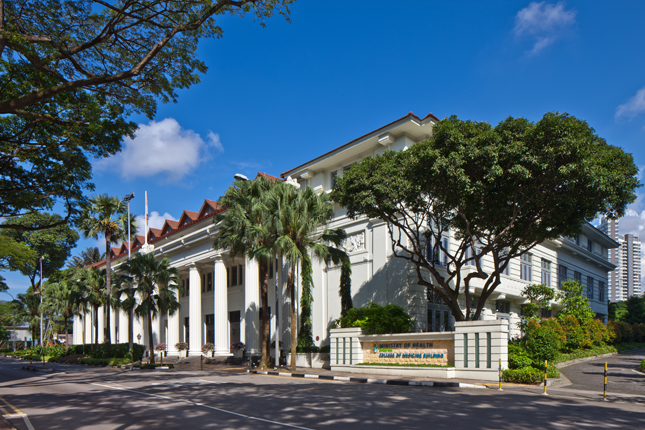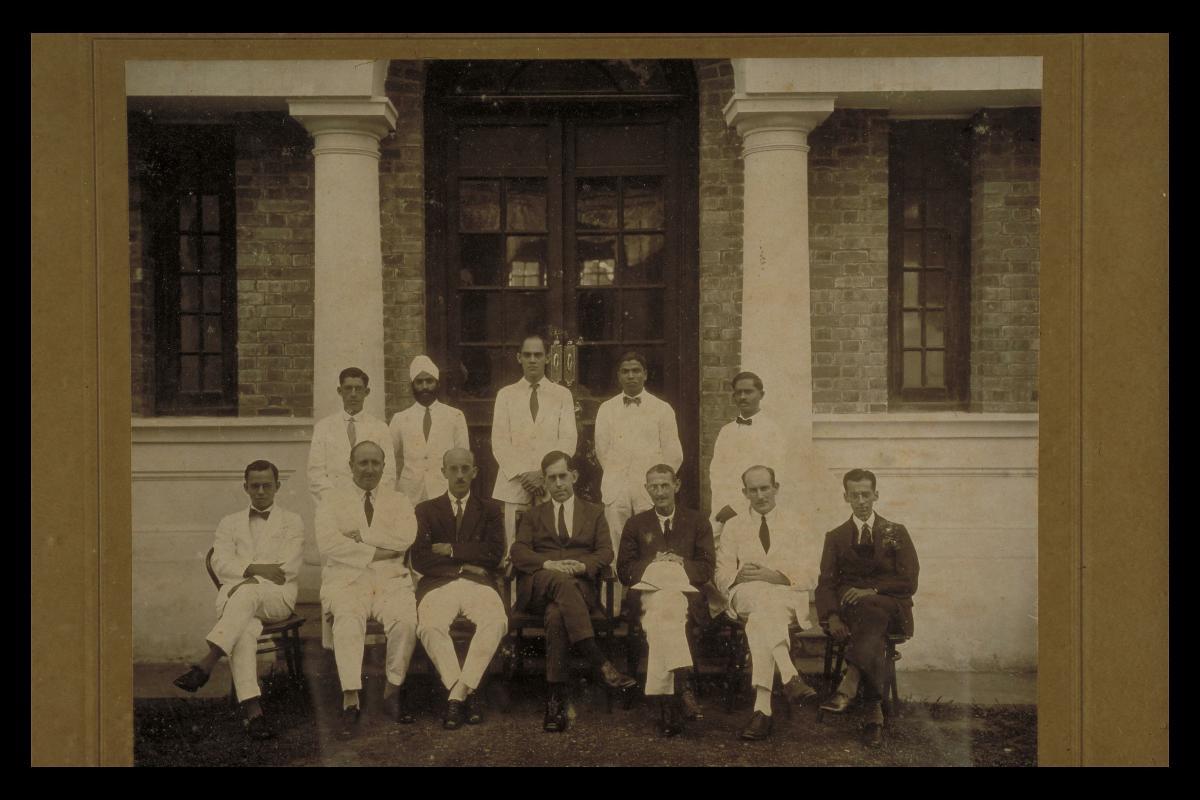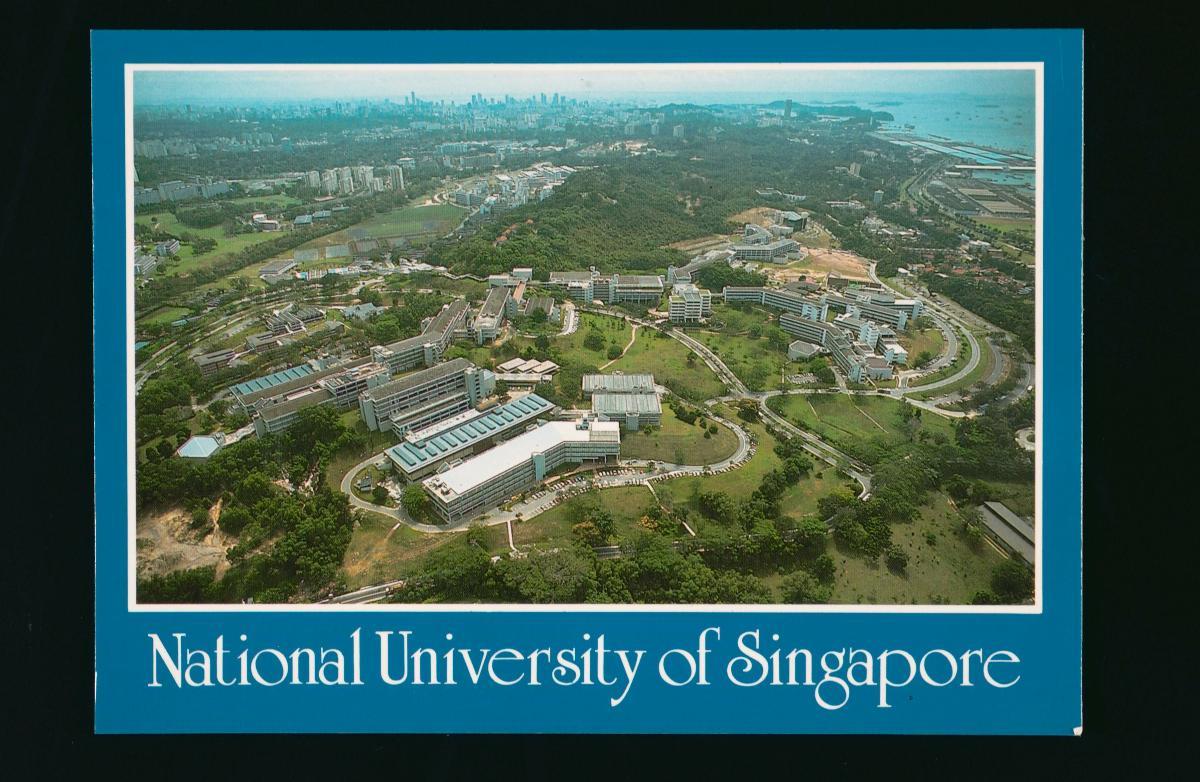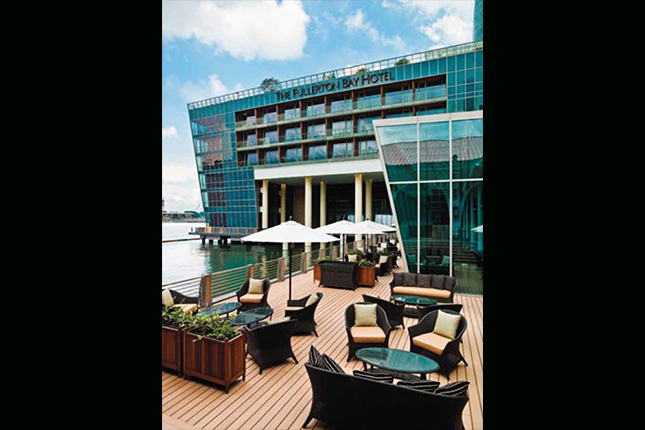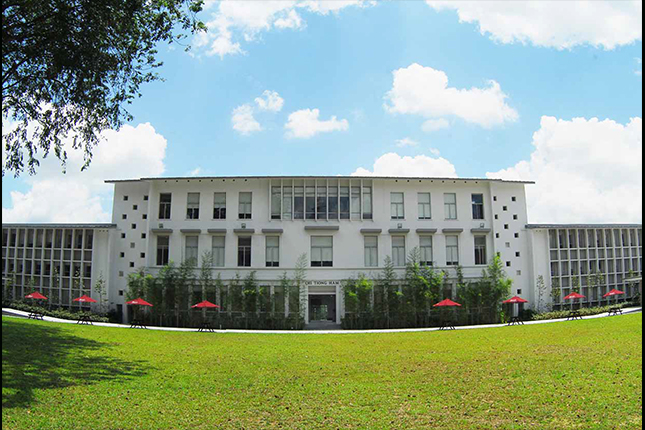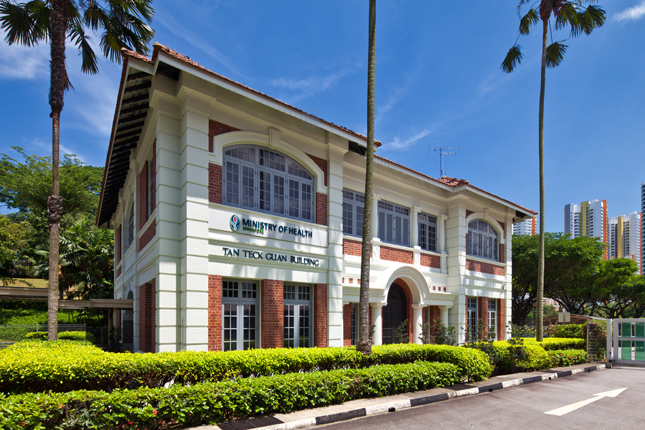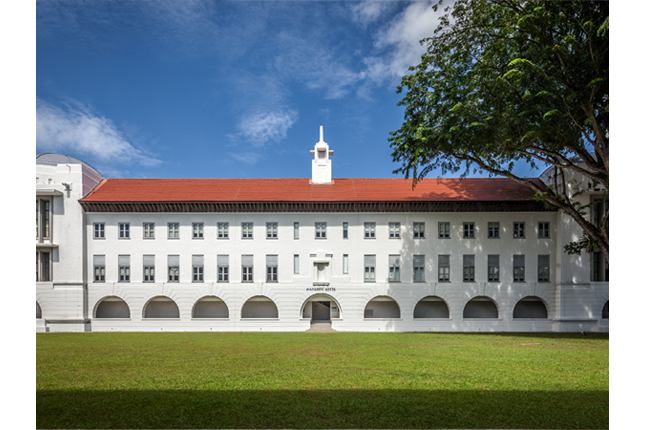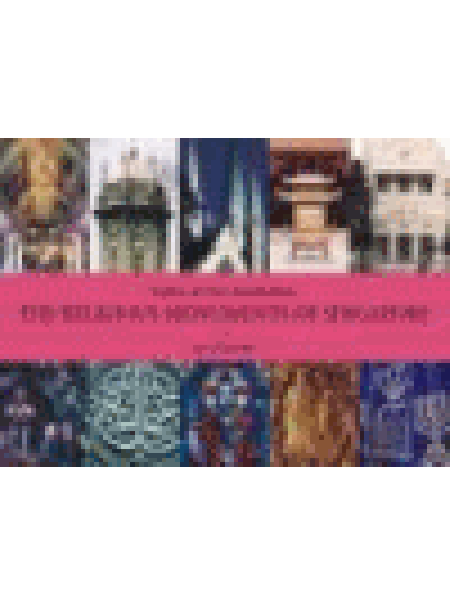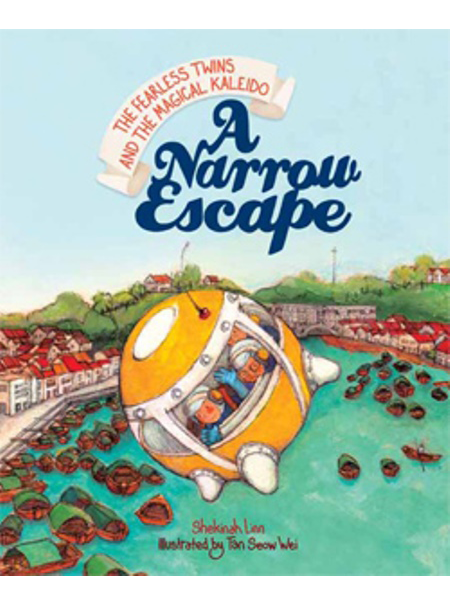The College of Medicine Building is located at the rear of the Singapore General Hospital’s compound, next to Tan Teck Guan Building. As Singapore’s first purpose-built medical college, it bears witness to the development of local medical services, as well as the progress in Singapore’s tertiary education.
Lack of Medical Training Facilities in Singapore
Singapore’s first Western-trained doctors hailed from Britain and India. As the local population grew and medical services expanded, the British Administration began to send qualified young men to Madras Medical College in India to be trained as assistant surgeons. In 1889, Principal Civil Medical Officer Max Simon proposed the founding of a medical school in Singapore.
The school was established the following year. However, the passing rate for the preliminary entrance examination was extremely low; only two students passed and were admitted in 1891. The plan for a medical school was thus abandoned, and potential candidates continued to receive training in Madras.
Straits and Federated Malay States Government Medical School
More than a decade later, a second attempt for a medical school was made. Led by the successful Peranakan merchant Tan Jiak Kim, representatives from the non-European communities sent a petition to Governor of the Straits Settlements Sir John Anderson to found a medical school in Singapore. More than 80,000 Straits dollars were collected for the cause; Tan himself gave a personal donation of 12,000 Straits dollars.
The old Female Lunatic Asylum at Sepoy Lines (the area around the junction of Outram Road and New Bridge Road today) was then transformed into a medical school. It was fully equipped with classrooms, offices, laboratories, and dissecting rooms. The Straits and Federated Malay States Government Medical School was thus founded in 1905. This heralded a new chapter in the history of public health in Singapore: local men and women could finally receive proper training in Western medicine without having to leave Singapore.
King Edward VII College of Medicine
Following a donation from the King Edward VII Memorial Fund the year before, the school was renamed King Edward VII Medical School in 1913. The school grew and expanded over the years. In 1921, it took on yet another name: King Edward VII College of Medicine.
New Building
The British Administration approved the construction of a new building for the medical college in 1920, and Major P. H. Keys was appointed as the architect of the project. Construction commenced in 1923, and the edifice was completed three years later. It was formally opened by Governor of the Straits Settlements Sir Laurence N. Guillemard on 15 February 1926. The impressive building housed the Council Chamber and various facilities, including lecture rooms, laboratories, and even a museum.
The School of Dentistry and the School of Pharmacy were founded in 1929 and 1935 respectively. Tan Teck Guan Building, an annex of the College of Medicine Building, housed the Department of Anatomy. In 1949, the College of Medicine merged with Raffles College to form the University of Malaya and the former became the Faculty of Medicine.
Architecture
The Neoclassical edifice is reminiscent of the Former City Hall. A prominent feature of the College of Medicine Building is the row of colossal fluted Doric fronting the façade. There are also friezes depicting the teaching and practice of medicine in Ancient Greece on the façade walls. These were conceived and designed by Cavaliere Rudolfo Nolli, who was also responsible for the decorative sculptures on the façade of the Former Supreme Court, and were carved by J. Sharpe Elliot. Above the main entrance of the edifice is an elaborate bas-relief of a Roman eagle, a symbol indicating the civil or official status of the building.
College of Medicine Building Today
Major renovation works were carried out between 1985 and 1987 on the College of Medicine Building to restore the edifice to its former glory. Today, the Ministry of Health, Singapore Medical Council, and the College of Family Physicians (formerly referred to as the College of General Practitioners) occupy the building.
Our National Monuments
Our National Monuments are an integral part of Singapore’s built heritage, which the National Heritage Board (NHB) preserves and promotes for posterity. They are monuments and sites that are accorded the highest level of protection in Singapore.




